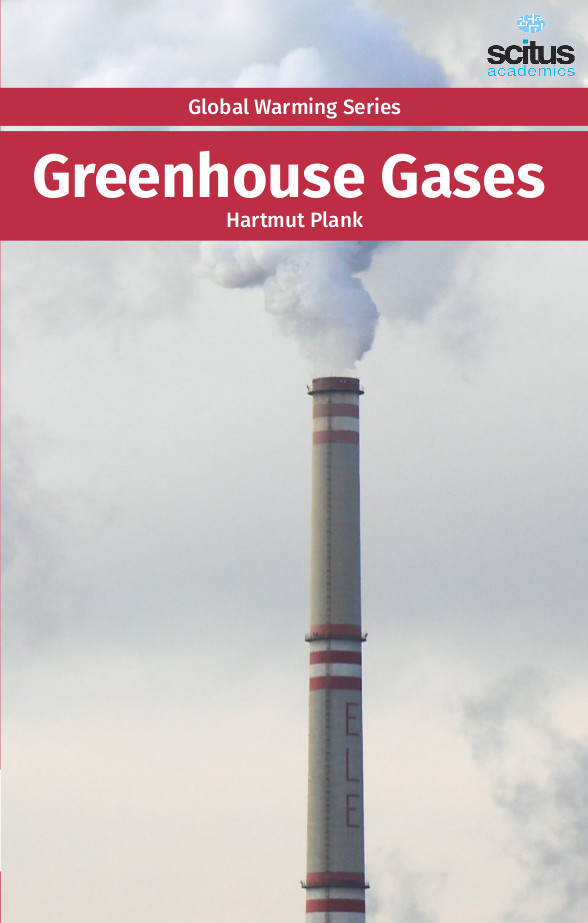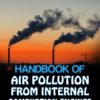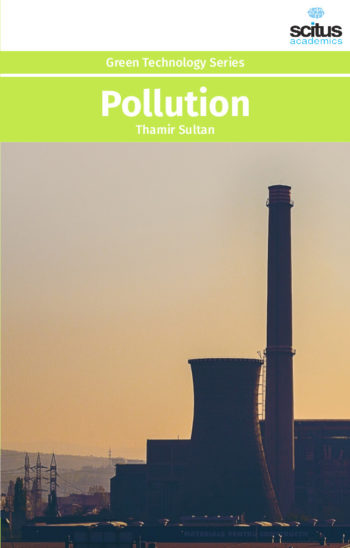The greenhouse gases occur in small amounts in the Earth’s atmosphere, yet they have an important role to play in keeping the Earth’s surface warm and able to sustain life. They filter out the long-wave component of solar radiation reaching the outer surface of the atmosphere but permit the short-wave radiation to warm the surface of the Earth. Since the re-radiation from that surface is predominantly long-wave, they prevent this energy from escaping. During the last decade, this same process has been claimed to be resulting in “global warming”, i.e., resulting in rising temperatures across the entire earth. The dominant greenhouse gas in the atmosphere is water vapor. For every three parts of carbon dioxide, there are 500-750 parts of water vapor. The latter fluctuates continuously within these limits, depending on the ambient temperature and the relative humidity. Any excess is condensed into water droplets or ice crystals (clouds) which can lead to precipitation (rain, hail, sleet or snow). The clouds also act as layers of greenhouse substances in the atmosphere, modifying diurnal heating and cooling. Given the vast discrepancy in abundance between the concentrations of water vapor and carbon dioxide, it is surprising that so little attention has been paid to the role of water vapor. It would seem likely that the continuous and substantial changes in water vapor would dominate the relatively puny changes in carbon dioxide. Both gases are key elements for the survival of life as we know it since both are required for photosynthesis in green plants. The latter represents the starting point in our food chain, and the carbon dioxide emitted by living animals helps provide the continuous supply needed by plants. The latter return the favor by emitting oxygen which is needed by the animals. This relationship is especially well demonstrated on coral reefs. Note that water is essential for all forms of life as we know it, and as the human population grows, it will become increasingly a limiting factor in our lives.
This book ‘Greenhouse Gases’ discusses an overview of recently developed techniques, methods, and strategies to greenhouse gas sources, emissions, measurements, and management essential for capture, utilization, reduction, and storage of greenhouse gas, which plays a critical role in concerns such as global warming and climate change. It shows how a responsible use of resources is possible, offering valid technological alternatives for a wide range of activities: teaching, investigation, work, business and even daily life to fight climate change. This book is intended to students, academicians, researchers, industry personnel and society as a whole to help to stop the impact of climate change.













